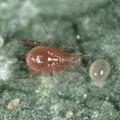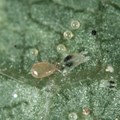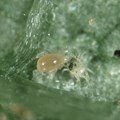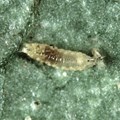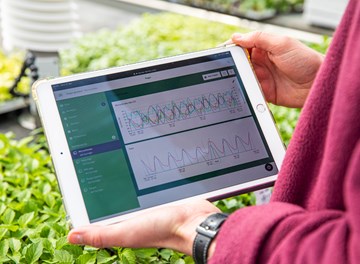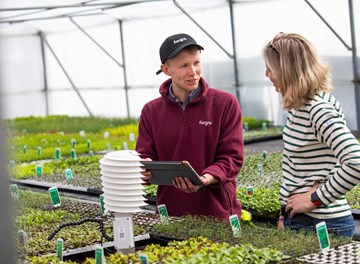
Almost all protected crops and soft fruit are vulnerable to infestation. Other spider mites attack plants too, so identification of species is important for correct biological control.
Find out more about our spider mite controls
Phytoseiulus persimilis - Can be used on protected edible and ornamental crops as well as outdoor soft fruit. Cannot establish in the absence of spider mites (Tetranychus spp.) and performs best in warm, relatively humid conditions but may fail in hot, dry conditions.
Amblyseius californicus - Fruit tree spider mite (Panonychus ulmi) and glasshouse spider mite (Tetranychus urticae). Adults and nymphs feed on spider mite eggs, nymphs and some adults. In the absence of mites they feed on pollen and other prey.
Suitable to seed a crop as a preventative treatment or when hot, dry conditions prevail.
Amblyseius andersoni - The glasshouse spider mite or two spotted spider mite Tetranychus urticaeis is a common pest of protected crops with adult females laying up to 120 eggs in 3 weeks. Motile stages suck the contents out of plant cells and produce characteristic leaf damage of white or silvery speckled patches. Almost all protected crops and soft fruit are vulnerable to infestation.
Survives high and low temperature but low humidity limits development.
Feltiella acarisuga - Spider mites orange/red eggs are laid among spider mite colonies that, after 3-5 days, hatch to minute orange - coloured larvae. These feed on all stages of spider mite and can eat up to 15 eggs, 5 young mites or 3 mature mites each day.
Optimal conditions include 80% humidity and temperatures between 20-27°C. Place tub in shade close to spider mites , avoiding irrigation.
